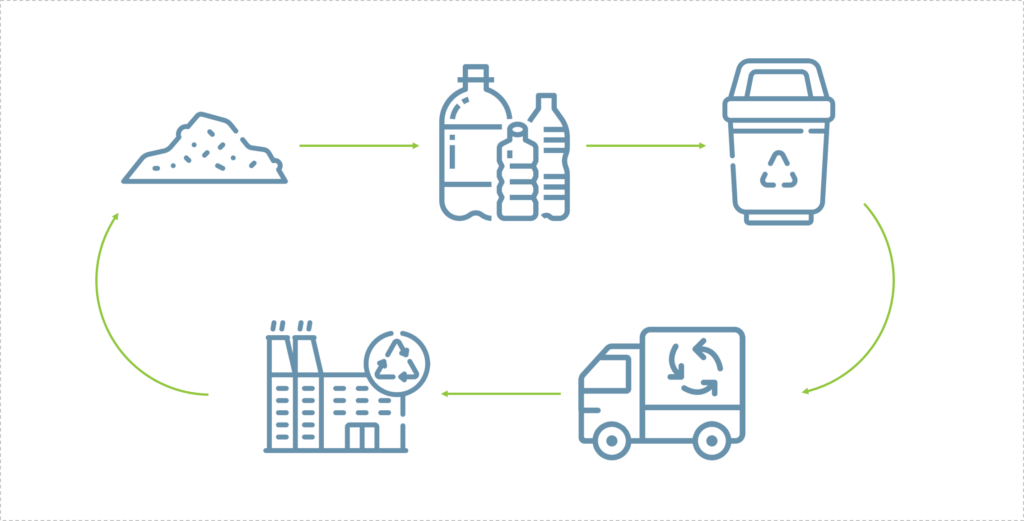Our mission
Lower the carbon intensity of plastics and other synthetic materials to decrease emissions associated with manufacturing those materials and replacing fossil-carbon with renewable carbon.

Lower the carbon intensity of plastics and other synthetic materials to decrease emissions associated with manufacturing those materials and replacing fossil-carbon with renewable carbon.

Plastics alone are on a path to occupy up to 17% of the global carbon budget by 2050
Of the carbon emissions associated with producing materials, the biggest piece – more than cement or steel – is from making plastics, synthetic fibers, and associated chemicals.
Today, most materials are made from oil, gas, and coal and they account for 2X the emissions of the aviation industry
The world needs economically viable opportunities for negative emissions. Synthetic materials represent an opportunity to turn everyday materials from one of the biggest sources of global greenhouse gas emissions to net negative greenhouse gas emissions.

To reduce the fossil carbon in their products, global brands are adopting drop-in renewable replacements. Those companies include Lego, Ikea, and All Birds, which use renewable biomass and recycled plastics.


We are building a coalition of manufacturers, retailers, and other industry partners to align public policy, consumer awareness, supply chain transparency, and innovation to advance the use of low carbon materials for a 2050 world

Develop industry
partnerships, including an
independent evaluator to
identify “Renewable
Materials” or “Low Carbon
Material” certification
system throughout supply
chain.

Raise public awareness
amongst the public and
retail providers. Highlight
and promote success
stories of companies that
are using lower carbon
intensive materials.

Develop policy proposals
that promote low carbon or
renewable carbon content in
materials. Build policy
maker support for research
and development and
market incentives for the
low carbon transition.